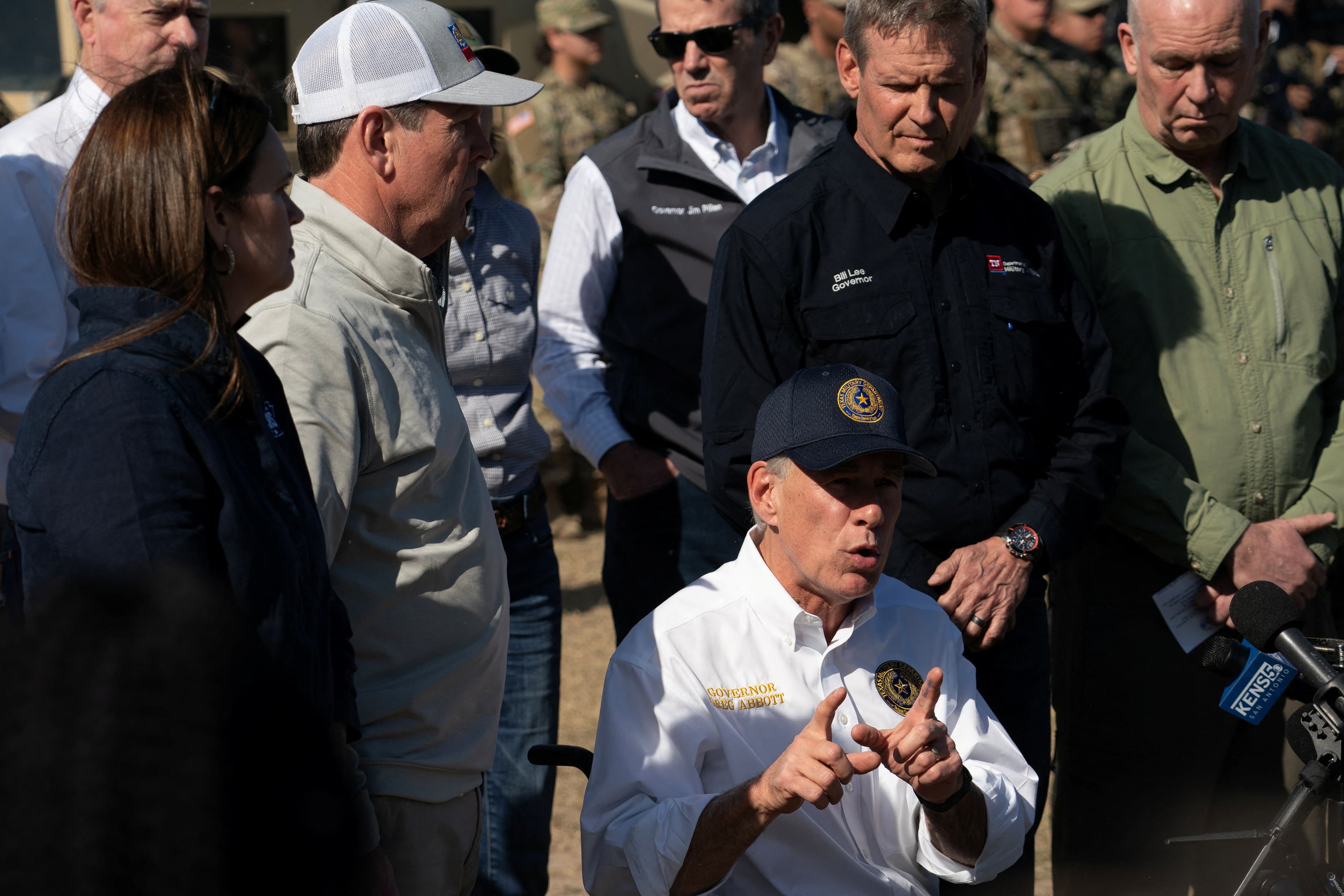Central Texas has been rocked by catastrophic flash floods that have claimed at least 67 lives, yet the tragedy raises serious questions about the reliability of weather forecasting and the implications of federal budget cuts on public safety. Local leaders are scrambling to understand how such a devastating event could catch them off guard, with officials pointing fingers at the National Weather Service (NWS) for failing to provide adequate warnings.
Officials Scramble Amidst Rising Death Toll
The floods along the Guadalupe River have left families devastated and a community in mourning, particularly as search and rescue teams work tirelessly to locate the missing, including young girls from Camp Mystic. Texas Governor Greg Abbott described the situation as “horrendously ravaged,” highlighting the urgency of the ongoing search efforts. However, the lack of preparedness has sparked outrage among local officials who claim they were not warned of the flood"s severity.
Questions Raised About Weather Forecasts
Texas Division of Emergency Management chief Nim Kidd stated that the forecasts from the NWS were alarmingly insufficient, predicting only 4-8 inches of rain in the Hill Country. This figure was far from the reality experienced on the ground, where rainfall exceeded expectations. According to Kidd, “the original forecast did not predict the amount of rain we saw,” raising alarm bells about the accuracy of weather predictions in a time when they are most needed.
Dalton Rice, the city manager for Kerrville, echoed these sentiments, stating bluntly that the rainfall “dumped more rain than what was forecast.” The implications of such failures are dire, as communities rely on accurate weather warnings to protect their residents from natural disasters.
Impact of Federal Cuts on Weather Services
The recent tragedy cannot be divorced from the broader context of federal budget cuts to essential services. Under the Trump Administration, the NWS has endured significant staffing reductions, with more than 10% of its workforce cut, as highlighted in an open letter by former NWS directors. The consequences of these cuts have been alarming, leading to fears of “needless loss of life” due to inadequate weather forecasting capabilities.
Rick Spinrad, the former administrator of NOAA, has pointed out that while it’s too early to determine the exact impact of staffing shortages on this particular incident, the potential for degradation in forecasting accuracy is evident. He stated, “Without research, without staff to do the work, we can assume that the predictions… are undoubtedly going to degrade.”
Community Responses and Accountability
In the aftermath of the floods, local officials are grappling with the question of accountability. Kerr County judge Rob Kelly expressed disbelief at the lack of warning, stating, “We didn’t know this flood was coming.” This raises critical concerns about the systems in place for emergency management and disaster response. The fact that summer camps remained operational despite storm warnings illustrates a systemic failure in communication and preparedness.
While meteorologists defend the NWS, claiming they did all they could under the circumstances, the lack of timely and precise alerts points to a larger issue of public safety that cannot be ignored. Meteorologist John Morales emphasized that local officials blaming the NWS are misguided, yet he also noted that the absence of key personnel at the NWS could have hampered effective coordination during the crisis.

February 4 California storm updates: California atmospheric river ...
Climate Change and Increasing Flood Risks
This tragic incident is a stark reminder of the escalating risks posed by climate change, which is leading to more extreme weather events. Increased rainfall and flooding are becoming more common, and the systems we have in place are struggling to keep pace with these changes. As reported by WSJ, the urgency to reevaluate our disaster preparedness and response strategies has never been more critical.
The NWS did issue a life-threatening flash flooding warning just hours before the flooding escalated, but for many, including families at Camp Mystic, it was too late. As local governments and the federal agencies responsible for our safety reassess their strategies, the communities affected by this tragedy deserve transparency and a commitment to accountability.
The Path Forward
The recent floods in Texas are not just a natural disaster; they are a wake-up call about the fragility of our emergency response systems in the face of climate change. As we look to the future, it is imperative that policymakers take a hard look at how budget cuts, staffing shortages, and outdated technology have implications for public safety. The voices of those affected must be amplified in the conversation about how to prevent such tragedies from occurring again.


![[Video] Canada PM Carney says AI data centres must be carbon neutral](/_next/image?url=%2Fapi%2Fimage%2Fthumbnails%2Fthumbnail-1763826648718-lujuba-thumbnail.jpg&w=3840&q=75)
![[Video] Fire at COP30 Climate Summit in Brazil](/_next/image?url=%2Fapi%2Fimage%2Fthumbnails%2Fthumbnail-1763671284663-2idg9-thumbnail.jpg&w=3840&q=75)
![[Video] Fire erupts at COP30 climate summit in Belém, Brazil, no injuries reported](/_next/image?url=%2Fapi%2Fimage%2Fthumbnails%2Fthumbnail-1763661056988-msvhjo-thumbnail.jpg&w=3840&q=75)



![[Video] More videos of ANTIFA activities emerge in Giessen](/_next/image?url=%2Fapi%2Fimage%2Fthumbnails%2Fthumbnail-1764454862523-wtbpg5-thumbnail.jpg&w=3840&q=75)